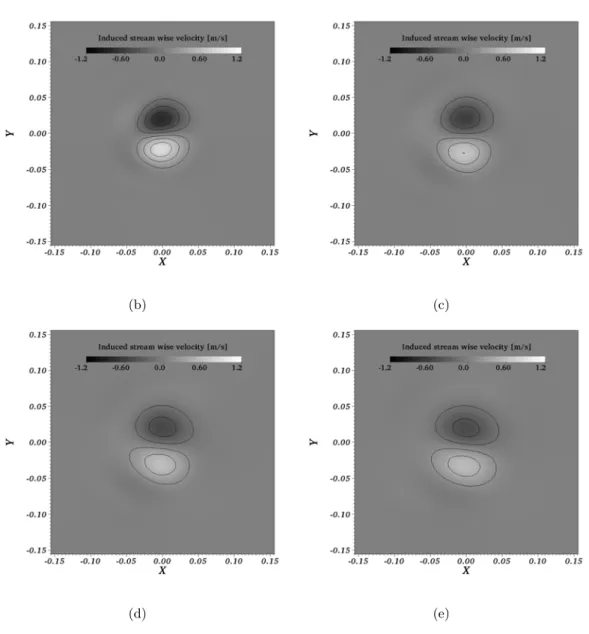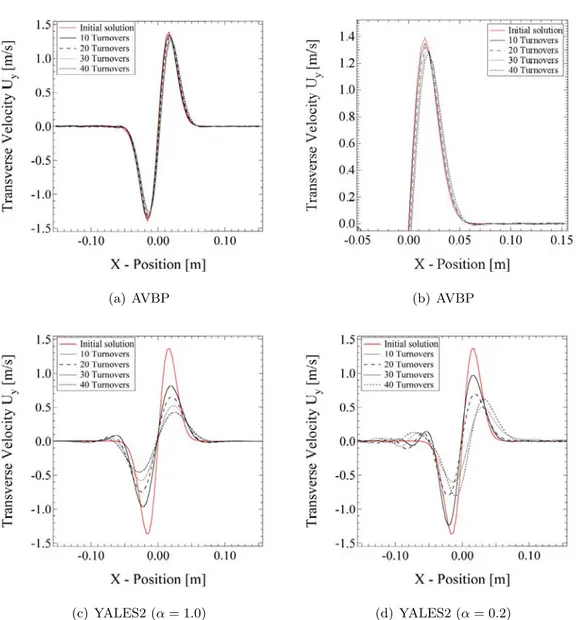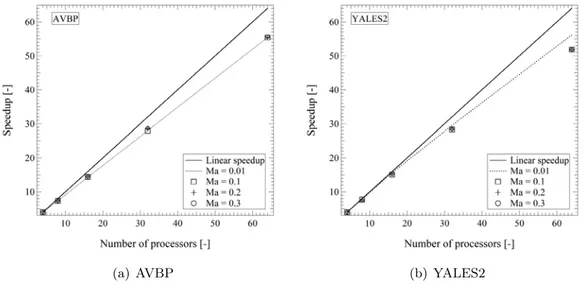Application of the compressible and low-mach number approaches to large-eddy simulation of turbulent flows in aero-engines
Texte intégral
Figure
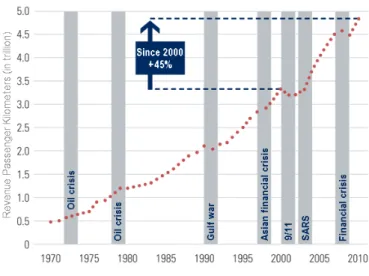
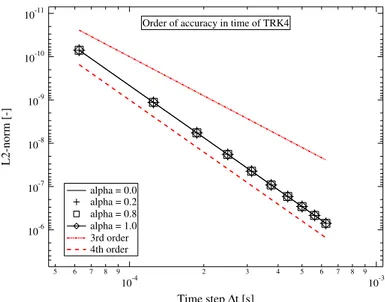


Documents relatifs
C8 Jaune Circulaire Régulier Moyenne 2mm Lisse bactéries en amas Coques isolés, C9 Transparente Circulaire Régulier 0,8mm Petite Lisse chainettes en cocci Diplocoques, C10
Unité de recherche INRIA Rennes : IRISA, Campus universitaire de Beaulieu - 35042 Rennes Cedex (France) Unité de recherche INRIA Rhône-Alpes : 655, avenue de l’Europe - 38330
Academic test cases are presented to illustrate the main properties of the numerical methods used, then the Zonal Detached Eddy Simulation (ZDES) of a round jet is scruti- nized
Natural Convection and Low Mach Number Flows Simulation Using a Compressible High-Order Finite Volume Scheme... World Congress on Computational Mechanics (WCCM
To study the subgrid terms related to the momentum conservation, we investi- gate the subgrid terms as they appear in the streamwise, spanwise and wall-normal momentum
The reduction of the structural parameter a 1 (the ratio of the magnitude of the shear stress vector to twice the turbulence kinetic energy) under the typical limit 0.15, as well as
Our aim here is to rigorously prove that, in the barotropic case, these schemes are indeed asymptotic preserving: for a given discretization (i.e. mesh and time step), when the
To avoid repetition, we only mention that one can rigorously justify the low Mach number limit for general initial data provided that one can prove that the solutions are
